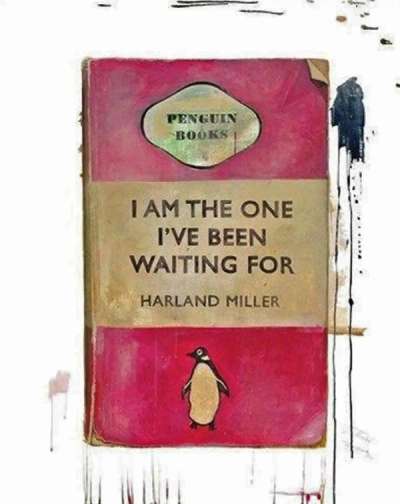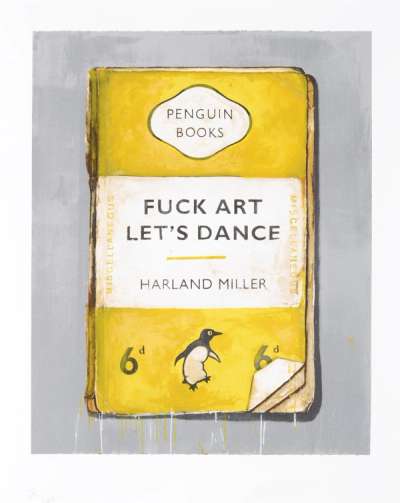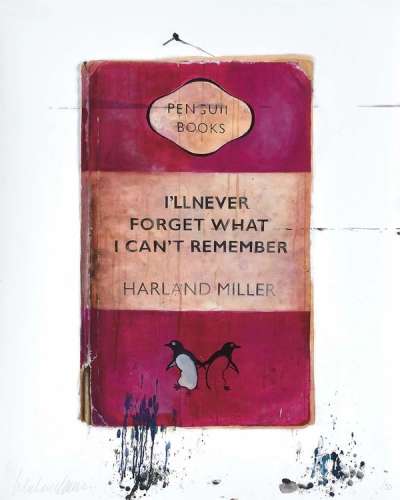
Armageddon Is It Too Much To Ask (small)

Armageddon Is It Too Much To Ask (small)
Signed Print
Harland Miller
£4,550-£7,000Value Indicator
$9,000-$14,000 Value Indicator
$8,000-$12,500 Value Indicator
¥40,000-¥60,000 Value Indicator
€5,500-€8,500 Value Indicator
$45,000-$70,000 Value Indicator
¥880,000-¥1,350,000 Value Indicator
$5,500-$8,500 Value Indicator
AAGR (5 years) This estimate blends recent public auction records with our own private sale data and network demand.
There aren't enough data points on this work for a comprehensive result. Please speak to a specialist by making an enquiry.
Medium: Etching
Edition size: 50
Year: 2017
Size: H 102cm x W 67cm
Signed: Yes
Format: Signed Print
TradingFloor
Track this artwork in realtime
Watch artwork, manage valuations, track your portfolio and return against your collection
Track auction value trend
Auction Results
| Auction Date | Auction House | Location | Hammer Price | Return to Seller | Buyer Paid |
|---|---|---|---|---|---|
| June 2023 | Tate Ward Auctions | United Kingdom | |||
| June 2023 | Tate Ward Auctions | United Kingdom | |||
| September 2022 | Christie's London | United Kingdom | |||
| April 2019 | Tate Ward Auctions | United Kingdom |
Meaning & Analysis
Harland Miller’s 2017 print, Armageddon Is It Too Much To Ask?, takes inspiration from popular psychology books, self-help manuals and social science publications from the 1960s and 1970s. Characterised by their bold and abstract covers, these books aspired to aid disorders. Their distinct, colourful geometric designs sought to counteract the heavy medical content, while also mirroring the style of contemporary paintings.
The artist utilises various printmaking techniques in Armageddon Is It Too Much To Ask?. By employing polymer-gravure, photo-etching and block printing, Miller achieves a more graphic and superimposed finish. While at first glance the work might seem one dimensional, its main elements have in fact been given a multilayered appearance.
The disposition of the textual and the figurative components in this print have been revised, and the title no longer occupies the central panel. As opposed to the artist’s earlier adaptations of Penguin book covers, the observer is unlikely to be intimately familiarised with the source material utilised in this work. As a result, a different kind of relationship is formed between form, text and colour palette. In effect, the title is actually activated by the bold colour composition in the centre. A corresponding strategy and structure can be detected in Miller’s Happiness: The Case Against.
British artist, Harland Miller, is renowned for his irreverent reimagining of vintage Penguin book jackets. Playing with nostalgia, cultural, and literary references, the artist combines Pop Art motifs with the brushstrokes of Abstract Expressionism. Miller's paintings and prints are often imbued with dark humour, with works such as You Can Rely On Me I'll Always Let You Down being characterised by an undercurrent of satire and self-depreciation. Exploring the relationship between word and image has undoubtedly allowed Miller's art to comment on the frequent disconnect between representation and reality, and influence artists such as The Connor Brothers in their practice.












